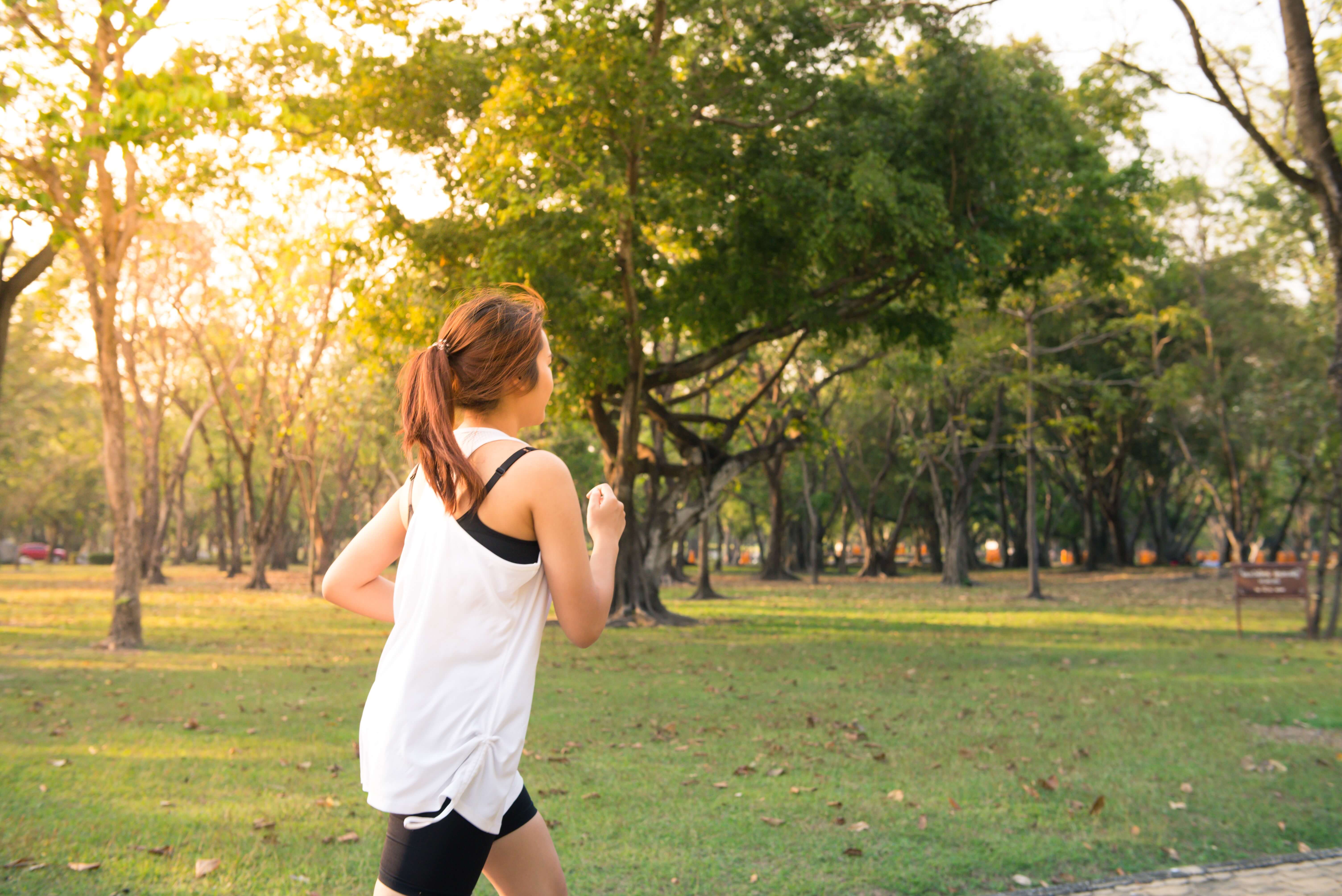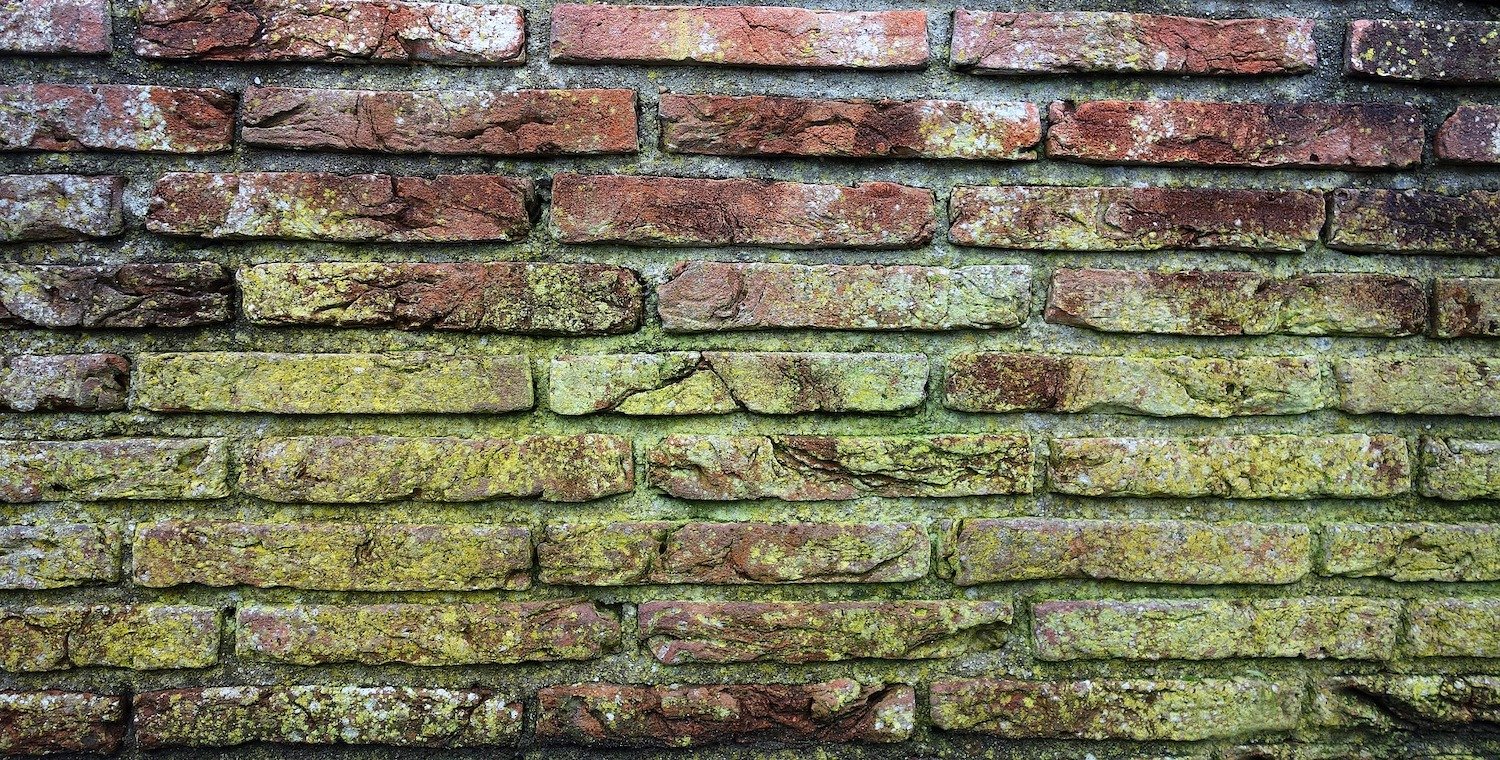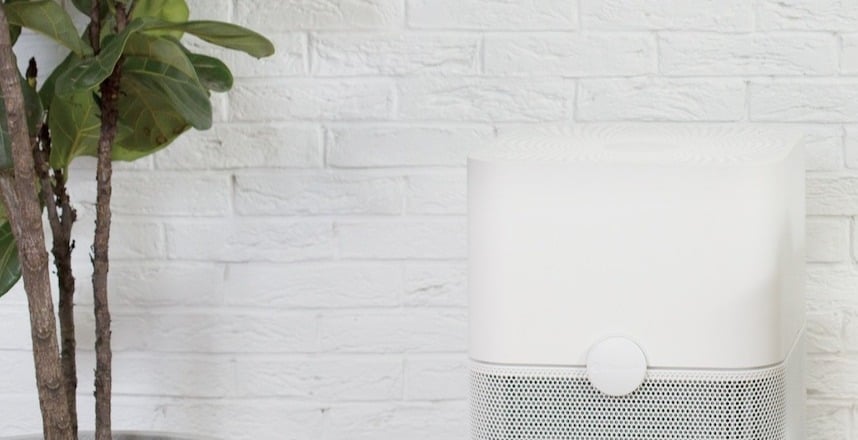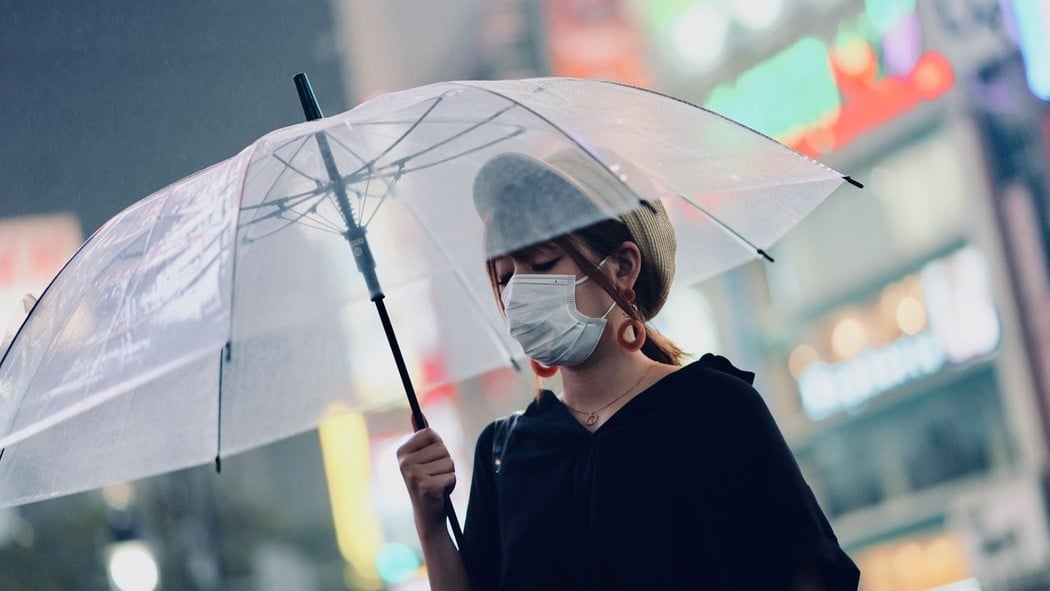Newsletter
.jpg?width=615&name=dawn-dusk-exercise-347134%20(1).jpg)
The days are getting longer and the air is getting lighter; that can only mean one thing. Spring is here! If you haven’t exercised all winter (or all year), it’s time to get off the couch and get outside. Whether it is jogging, long walks, cycling, or climbing, everyone is getting ready to get back into shape this spring.
Being able to finally exercise outside is great, but spring can also bring a lot of dust and smog. In the simplest terms, we all know that exercise is good and pollution is bad. Exercising in polluted air, especially intensive exercising, can cause irreversible damage to our respiratory, cardiovascular, immune, and reproductive systems. When you combine exercise and pollution, the results obviously depend on the details of the dose. That’s why it’s crucial to understand some of the complexities of exercising in areas that are impacted by heavy smog.
The Infamous ‘Smogathon’ of 2014
At the Beijing International Marathon on October 19, 2014, the concentration of PM2.5 exceeded 300ug/m3 causing Beijing to issue an air quality “orange warning” due to the heavy pollution. As a result, many runners at the marathon brought protective masks in preparation for the pollution levels. The New York Times referred to the event as the “Smogathon”.
The attention from the event left people with a lot of questions. Do the benefits of exercising outweigh the risks of inhaling pollution? Did the masks actually help protect people during intense runs? Is it really okay to run in the smog?
Do the Benefits of Exercising Outweigh the Risks of Inhaling Pollution?
We know air pollution is bad for human health, and exercise increases exposure. When you exercise, your body’s oxygen consumption increases and the amount of air entering the lungs is roughly 10 to 20 times higher. Generally, you breathe more deeply through your mouth and bypass the nasal filters (that is, your nose hairs). The nasal filters, designed to act as the first line of deference against air pollution, aren’t getting used and pollutants have an easier time getting into your lungs. These pollution particles can be so small that they are then able to enter your bloodstream. This can affect the blood flow rate, and potentially cause any number of health challenges. Sounds bad—really bad.
Here’s where things might get confusing; according to existing research, exercise can improve the immune system. In fact, there’s some evidence that exercise may actually reverse some of pollution’s negative effects. If this is true, does that make it okay to run in the smog?
What science tells us about exercising in pollution
In 2018, an academic research team from Brazil compared the World Health Organization’s air data to study the health effects of exercising in clean and polluted cities. 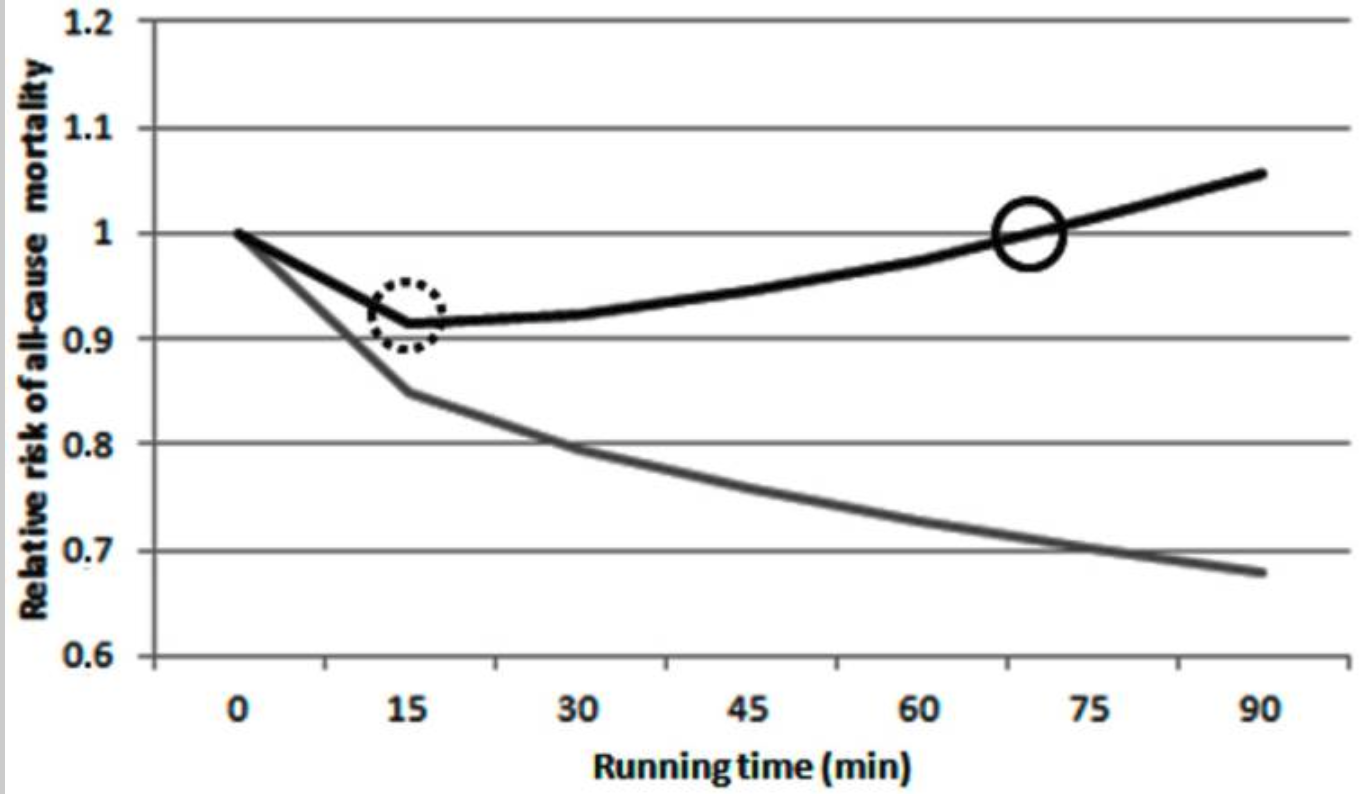
The horizontal axis is the amount of time exercising and the vertical axis is the relative mortality risk; the upper solid line is the polluted city group and the lower is the clean city group.
Here’s what they learned:
- Regardless of the air quality, exercise contributes to the improvement of health for the first 15 minutes of activity.
- In a clean air environment, the more time spent exercising (0-90 min), the healthier it is for your body.
- When exercising in a polluted environment for more than 15 minutes, the positive impact of activity will gradually be offset by the negative impact of air pollution.
- When exercising in a polluted environment for more than 75 minutes, the side effects caused by air pollution will exceed the positive effects of exercise and begin to cause harm to the body.
Back to our original question, do the benefits of exercising outweigh the risks of inhaling pollution?
The answer is, it depends. The main takeaway is that no matter where you are, everyone benefits from exercise for the first 15 minutes. However, in polluted areas, these benefits are gradually offset over time. Because research into the damage of exercising in pollution is still evolving, it’s important to be aware of the risks and take precautions when available.
Does Wearing a Mask Help Protect You During Runs?
In addition to modifying your training schedule to avoid the impact of high pollution, people also rely on equipment to help protect them against smog. It’s not uncommon to see people choose to wear a mask when running outdoors, as we saw in the smogathon. However, most people don’t realize that wearing a mask can increase the resistance of your breathing. This means that you end up spending more energy to breathe.

Overall, masks will generally help protect you from pollution during runs, but there are a few caveats that need to be understood. During high-intensity exercises, the body needs an increased amount of oxygen. Not getting enough oxygen can induce dizziness and heart problems. For anyone with weak respiratory muscles, wearing a mask during training might actually be doing more harm than good. Additionally, understanding the quality of the mask you’re using is key. If you’re using a cheap mask that isn’t actually filtering out pollutants, then you’re impeding your breathing for nothing.
Is It Okay To Run in the Smog?
Can you ignore pollution? No, of course not. But that doesn’t mean you should let it stop you from training. Pay attention to air quality and make whatever adjustments you can to avoid the worst pollution. Here are some simple tips to protect yourself from smog during spring training:
- Always check the air quality before exercising, and don’t exercise outside when the pollution level is hazardous (AQI > 300).
- When the air quality is poor, take your workout inside to a place with air purification.
- Reduce the intensity and duration of training on really smoggy days.
- For outdoor sports, pay attention to the temperature differences in the morning and evening. Seasonality and weather will impact pollution levels throughout the day.
- If you have allergies, avoid exercising outside when the pollen count is high.
We hope that this information will help you with your spring sports program. To learn more, we’ve created a complete guide to help you understand how to optimize your workout routine when you live in an area impacted by pollution. If you have any questions or fitness tips, please feel free to share them with us!
Kaiterra provides air quality monitors and an IAQ analytics dashboard for healthy buildings and offices, helping workplace leaders and healthy building pioneers assess and improve their indoor air quality. Our indoor air quality monitors like the Sensedge and the Sensedge Mini can be found in many of the world’s most iconic buildings and workplaces, such as the Empire State Building and the Burj Khalifa.






.png?width=200&height=148&name=Menu%20C%20(2).png)

.png?width=307&height=228&name=Menu%20-%20D%20(1).png)
.png)

